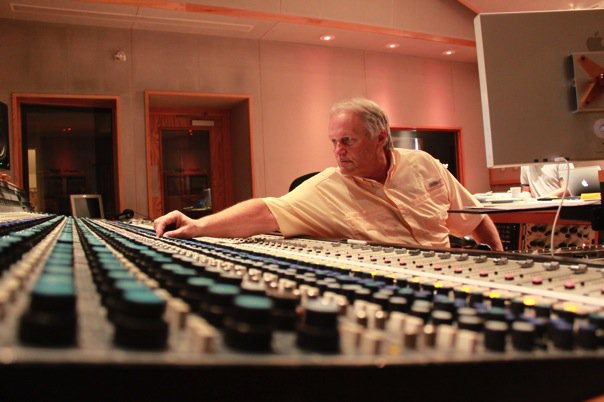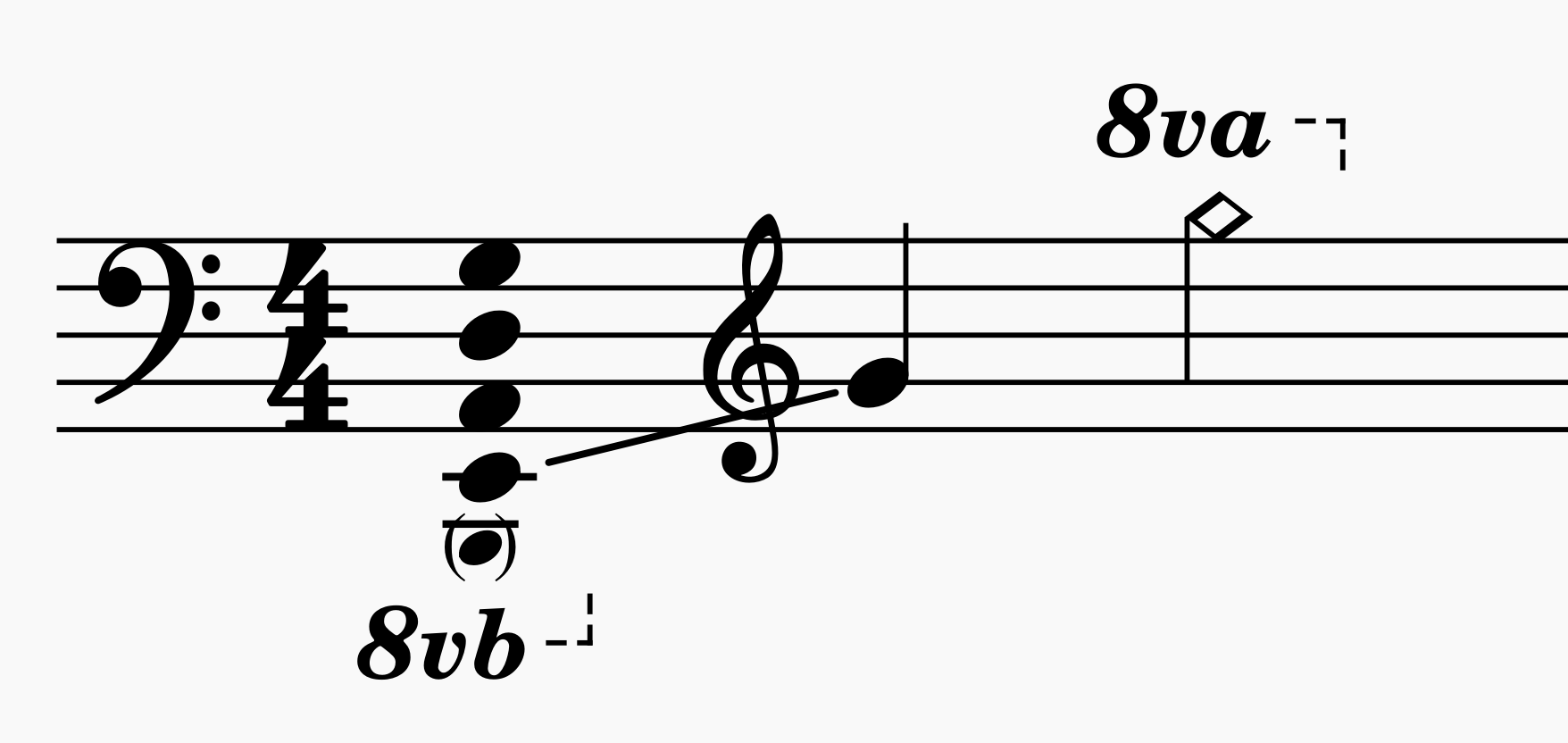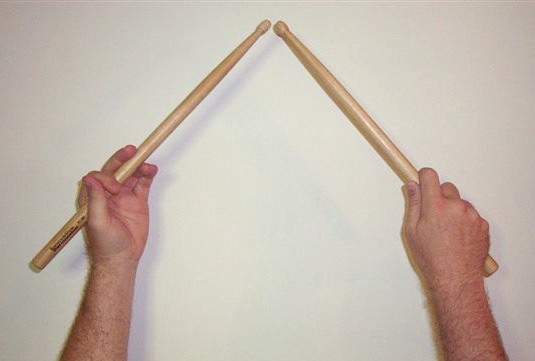|
Looking In
''Looking In'' is the sixth album by the British blues band Savoy Brown. The album featured "Lonesome" Dave Peverett on vocals after Chris Youlden left the band the previous spring. Leader/guitarist Kim Simmonds would be the only band member to continue with the band after this album, as all other band members left to form Foghat the following year. It was released by Decca in 1970 (SKL 5066). For release in the United States and Canada, tapes were leased to Parrot Records (PAS 71042). The album spent a week on the UK Official Charts and reached number 50. It did considerably better in the US where it spent 19 weeks on the ''Billboard'' 200, peaking at number 39, their second highest charting US album. Track listing Side one # "Gypsy" ( Kim Simmonds) – 0:57 # "Poor Girl" (Tony Stevens) – 4:04 # "Money Can't Save Your Soul" (Dave Peverett, Simmonds) – 5:34 # "Sunday Night" (Simmonds) – 5:23 # "Looking In" (Peverett, Simmonds) – 5:17 Side two # "Take It Easy" (Pever ... [...More Info...] [...Related Items...] OR: [Wikipedia] [Google] [Baidu] |
Savoy Brown
Savoy Brown (originally Savoy Brown Blues Band) were an English blues rock band formed in Battersea, south west London, in 1965. Part of the late 1960s blues rock movement, Savoy Brown primarily achieved success in the United States, where they promoted their albums with non-stop touring. Founder, guitarist and primary songwriter Kim Simmonds was the sole constant member of the band from its formation in 1965 until his death in 2022. Career The band was formed by guitarist Kim Simmonds and harmonica player John O'Leary, following a chance meeting at Transat Imports record shop in Lisle Street, Soho, in 1965. In naming themselves, the group put together two words that conveyed an interesting balance of opposite sentiments and approaches. The word "Savoy" came from an American blues label, Savoy Records, as the members of the band thought the word "Savoy" sounded elegant. They added “Brown” because they thought it was an extremely plain word. Overall, the group called itse ... [...More Info...] [...Related Items...] OR: [Wikipedia] [Google] [Baidu] |
Piano
The piano is a stringed keyboard instrument in which the strings are struck by wooden hammers that are coated with a softer material (modern hammers are covered with dense wool felt; some early pianos used leather). It is played using a musical keyboard, keyboard, which is a row of keys (small levers) that the performer presses down or strikes with the fingers and thumbs of both hands to cause the hammers to strike the strings. It was invented in Italy by Bartolomeo Cristofori around the year 1700. Description The word "piano" is a shortened form of ''pianoforte'', the Italian term for the early 1700s versions of the instrument, which in turn derives from ''clavicembalo col piano e forte'' (key cimbalom with quiet and loud)Pollens (1995, 238) and ''fortepiano''. The Italian musical terms ''piano'' and ''forte'' indicate "soft" and "loud" respectively, in this context referring to the variations in volume (i.e., loudness) produced in response to a pianist's touch or pressure on ... [...More Info...] [...Related Items...] OR: [Wikipedia] [Google] [Baidu] |
1970 Albums
Year 197 ( CXCVII) was a common year starting on Saturday (link will display the full calendar) of the Julian calendar. At the time, it was known as the Year of the Consulship of Magius and Rufinus (or, less frequently, year 950 ''Ab urbe condita''). The denomination 197 for this year has been used since the early medieval period, when the Anno Domini calendar era became the prevalent method in Europe for naming years. Events By place Roman Empire * February 19 – Battle of Lugdunum: Emperor Septimius Severus defeats the self-proclaimed emperor Clodius Albinus at Lugdunum (modern Lyon). Albinus commits suicide; legionaries sack the town. * Septimius Severus returns to Rome and has about 30 of Albinus's supporters in the Senate executed. After his victory he declares himself the adopted son of the late Marcus Aurelius. * Septimius Severus forms new naval units, manning all the triremes in Italy with heavily armed troops for war in the East. His soldiers embark ... [...More Info...] [...Related Items...] OR: [Wikipedia] [Google] [Baidu] |
RPM (magazine)
''RPM'' ( and later ) was a Canadian music-industry publication that featured song and album charts for Canada. The publication was founded by Walt Grealis in February 1964, supported through its existence by record label owner Stan Klees. ''RPM'' ceased publication in November 2000. ''RPM'' stood for "Records, Promotion, Music". The magazine's title varied over the years, including ''RPM Weekly'' and ''RPM Magazine''. Canadian music charts ''RPM'' maintained several format charts, including Top Singles (all genres), Adult Contemporary, Dance, Urban, Rock/Alternative and Country Tracks (or Top Country Tracks) for country music. On 21 March 1966, ''RPM'' expanded its Top Singles chart from 40 positions to 100. On 6 December 1980, the main chart became a top-50 chart and remained this way until 4 August 1984, whereupon it reverted to a top-100 singles chart. For the first several weeks of its existence, the magazine did not compile a national chart, but simply printed the c ... [...More Info...] [...Related Items...] OR: [Wikipedia] [Google] [Baidu] |
Kent Music Report
The Kent Music Report was a weekly record chart of Australian music singles and albums which was compiled by music enthusiast David Kent from May 1974 through to January 1999. The chart was re-branded the Australian Music Report (AMR) in July 1987. From June 1988, the Australian Recording Industry Association, which had been using the top 50 portion of the report under licence since mid-1983, chose to produce their own listing as the ARIA Charts. Before the Kent Report, '' Go-Set'' magazine published weekly Top-40 Singles from 1966, and Album charts from 1970 until the magazine's demise in August 1974. David Kent later published Australian charts from 1940 to 1973 in a retrospective fashion, using state by state chart data obtained from various Australian radio stations. Background Kent had spent a number of years previously working in the music industry at both EMI and Phonogram records and had developed the report initially as a hobby. The Kent Music Report was first re ... [...More Info...] [...Related Items...] OR: [Wikipedia] [Google] [Baidu] |
Artwork
A work of art, artwork, art piece, piece of art or art object is an artistic creation of aesthetic value. Except for "work of art", which may be used of any work regarded as art in its widest sense, including works from literature and music, these terms apply principally to tangible, physical forms of visual art: *An example of fine art, such as a painting or sculpture. *Objects in the decorative arts or applied arts that have been designed for aesthetic appeal, as well as any functional purpose, such as a piece of jewellery, many ceramics and much folk art. *An object created for principally or entirely functional, religious or other non-aesthetic reasons which has come to be appreciated as art (often later, or by cultural outsiders). *A non-ephemeral photograph or film. *A work of installation art or conceptual art. Used more broadly, the term is less commonly applied to: *A fine work of architecture or landscape design *A production of live performance, such ... [...More Info...] [...Related Items...] OR: [Wikipedia] [Google] [Baidu] |
Mastering Engineer
A mastering engineer is a person skilled in the practice of taking audio (typically musical content) that has been previously mixed in either the analog or digital domain as mono, stereo, or multichannel formats and preparing it for use in distribution, whether by physical media such as a CD, vinyl record, or as some method of streaming audio. Education and experience The mastering engineer is responsible for a final edit of a product and preparation for manufacturing copies. Although there are no official requirements to work as an audio mastering engineer, practitioners often have comprehensive domain knowledge of audio engineering, and in many cases, may hold an audio or acoustic engineering degree. Most audio engineers master music or speech audio material. The best mastering engineers might possess arrangement and production skills, allowing them to 'trouble-shoot' mix issues and improve the final sound. Generally, good mastering skills are based on experience, resulting f ... [...More Info...] [...Related Items...] OR: [Wikipedia] [Google] [Baidu] |
Audio Engineer
An audio engineer (also known as a sound engineer or recording engineer) helps to produce a recording or a live performance, balancing and adjusting sound sources using equalization, dynamics processing and audio effects, mixing, reproduction, and reinforcement of sound. Audio engineers work on the "technical aspect of recording—the placing of microphones, pre-amp knobs, the setting of levels. The physical recording of any project is done by an engineer... the nuts and bolts." Sound engineering is increasingly seen as a creative profession where musical instruments and technology are used to produce sound for film, radio, television, music and video games. Audio engineers also set up, sound check and do live sound mixing using a mixing console and a sound reinforcement system for music concerts, theatre, sports games and corporate events. Alternatively, ''audio engineer'' can refer to a scientist or professional engineer who holds an engineering degree and who de ... [...More Info...] [...Related Items...] OR: [Wikipedia] [Google] [Baidu] |
Music Producer
A record producer is a recording project's creative and technical leader, commanding studio time and coaching artists, and in popular genres typically creates the song's very sound and structure. Virgil Moorefield"Introduction" ''The Producer as Composer: Shaping the Sounds of Popular Music'' (Cambridge, MA & London, UK: MIT Press, 2005). Richard James Burgess, ''The History of Music Production'' (New York: Oxford University Press, 2014)pp 12–13Allan Watson, ''Cultural Production in and Beyond the Recording Studio'' (New York: Routledge, 2015)pp 25–27 The record producer, or simply the producer, is likened to film director and art director. The executive producer, on the other hand, enables the recording project through entrepreneurship, and an audio engineer operates the technology. Varying by project, the producer may or may not choose all of the artists. If employing only synthesized or sampled instrumentation, the producer may be the sole artist. Conversely, some artis ... [...More Info...] [...Related Items...] OR: [Wikipedia] [Google] [Baidu] |
Congas
The conga, also known as tumbadora, is a tall, narrow, single-headed drum from Cuba. Congas are staved like barrels and classified into three types: quinto (lead drum, highest), tres dos or tres golpes (middle), and tumba or salidor (lowest). Congas were originally used in Afro-Cuban music genres such as conga (hence their name) and rumba, where each drummer would play a single drum. Following numerous innovations in conga drumming and construction during the mid-20th century, as well as its internationalization, it became increasingly common for drummers to play two or three drums. Congas have become a popular instrument in many forms of Latin music such as son (when played by conjuntos), descarga, Afro-Cuban jazz, salsa, songo, merengue and Latin rock. Although the exact origins of the conga drum are unknown, researchers agree that it was developed by Cuban people of African descent during the late 19th century or early 20th century. Its direct ancestors are thought ... [...More Info...] [...Related Items...] OR: [Wikipedia] [Google] [Baidu] |
Bass Guitar
The bass guitar, electric bass or simply bass (), is the lowest-pitched member of the string family. It is a plucked string instrument similar in appearance and construction to an electric or an acoustic guitar, but with a longer neck and scale length, and typically four to six strings or courses. Since the mid-1950s, the bass guitar has largely replaced the double bass in popular music. The four-string bass is usually tuned the same as the double bass, which corresponds to pitches one octave lower than the four lowest-pitched strings of a guitar (typically E, A, D, and G). It is played primarily with the fingers or thumb, or with a pick. To be heard at normal performance volumes, electric basses require external amplification. Terminology According to the ''New Grove Dictionary of Music and Musicians'', an "Electric bass guitar sa Guitar, usually with four heavy strings tuned E1'–A1'–D2–G2." It also defines ''bass'' as "Bass (iv). A contraction of Double bass ... [...More Info...] [...Related Items...] OR: [Wikipedia] [Google] [Baidu] |
Drums
A drum kit (also called a drum set, trap set, or simply drums) is a collection of drums, cymbals, and other auxiliary percussion instruments set up to be played by one person. The player (drummer) typically holds a pair of matching drumsticks, one in each hand, and uses their feet to operate a foot-controlled hi-hat and bass drum pedal. A standard kit may contain: * A snare drum, mounted on a stand * A bass drum, played with a beater moved by a foot-operated pedal * One or more tom-toms, including rack toms and/or floor toms * One or more cymbals, including a ride cymbal and crash cymbal * Hi-hat cymbals, a pair of cymbals that can be manipulated by a foot-operated pedal The drum kit is a part of the standard rhythm section and is used in many types of popular and traditional music styles, ranging from rock and pop to blues and jazz. __TOC__ History Early development Before the development of the drum set, drums and cymbals used in military and orchestral music sett ... [...More Info...] [...Related Items...] OR: [Wikipedia] [Google] [Baidu] |





